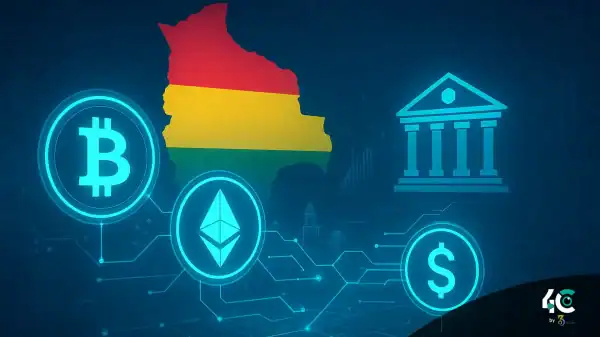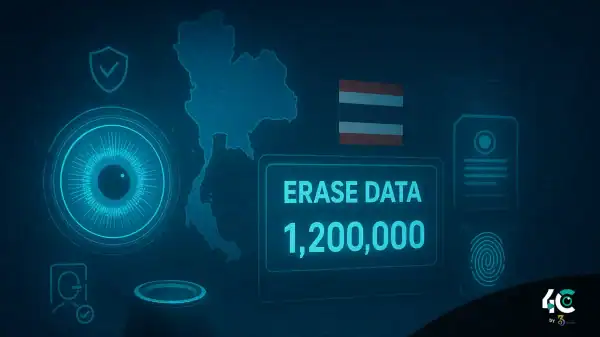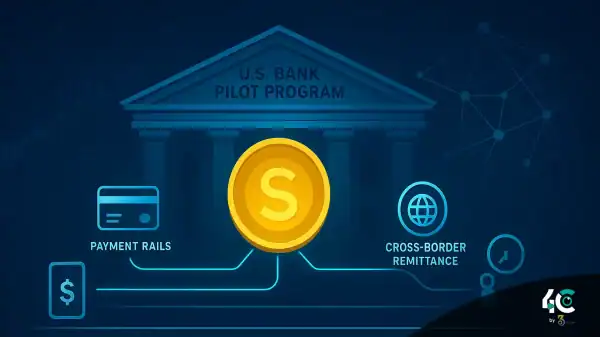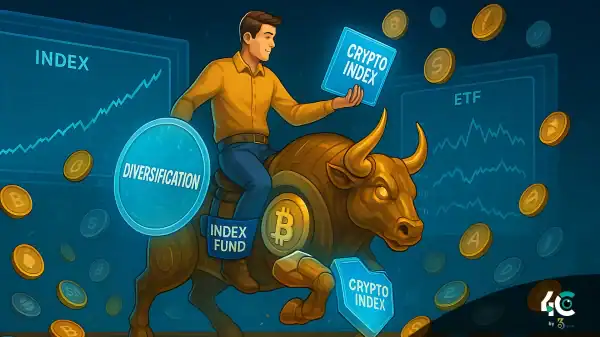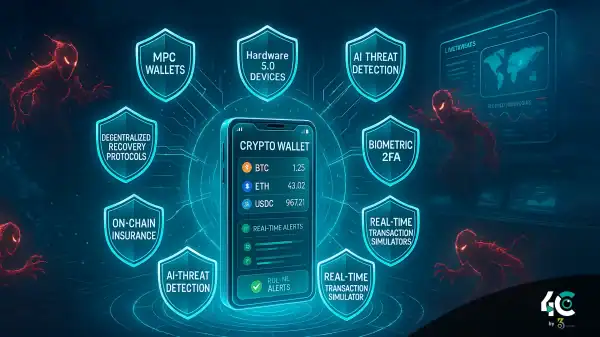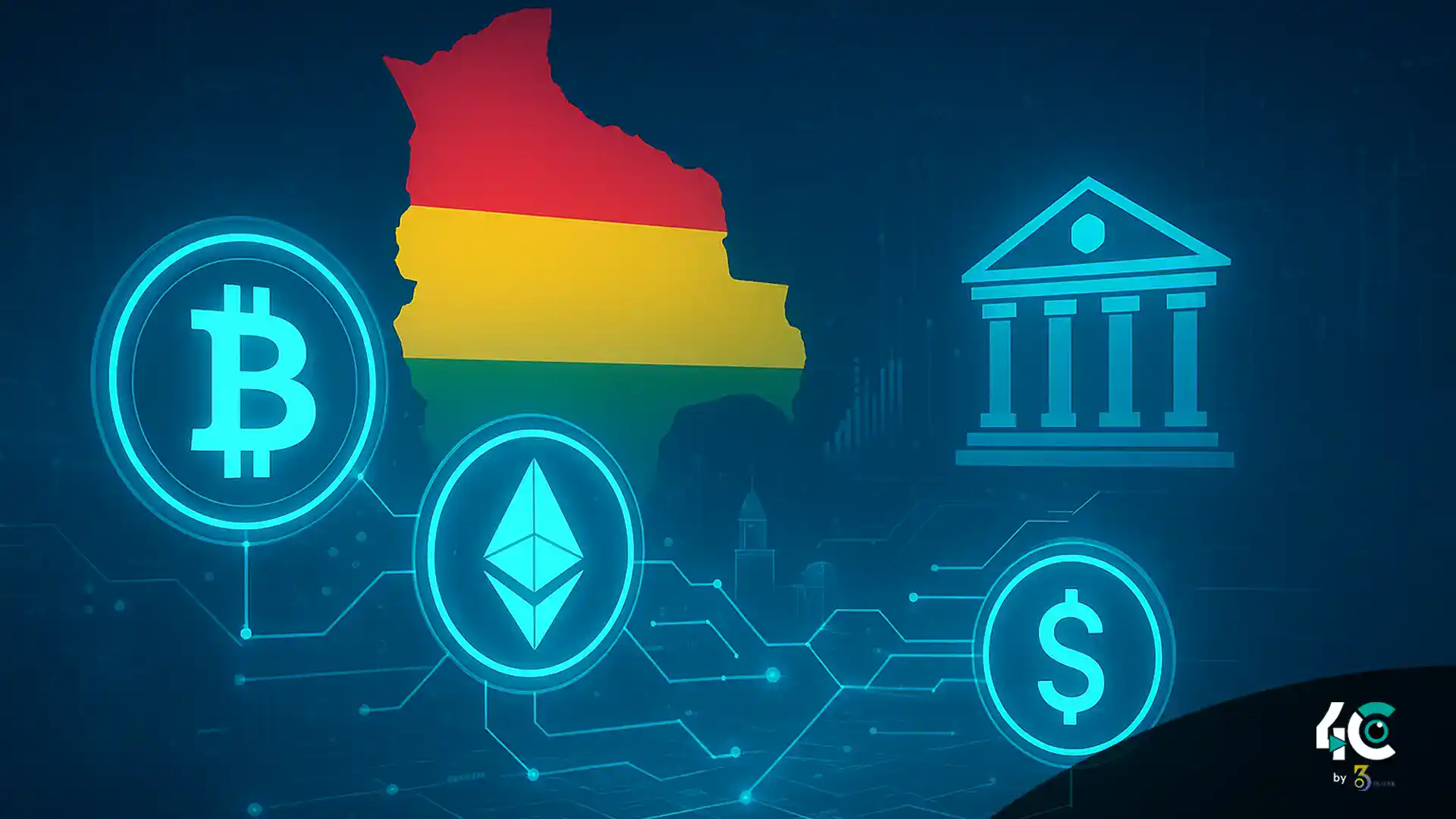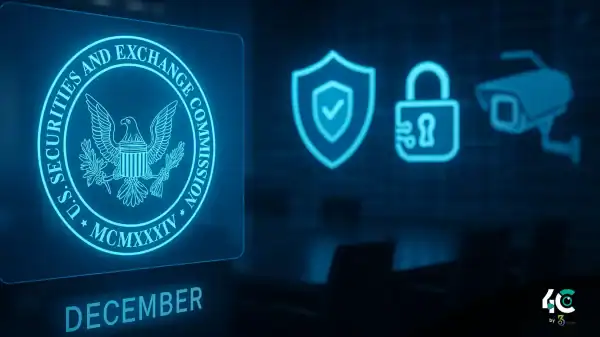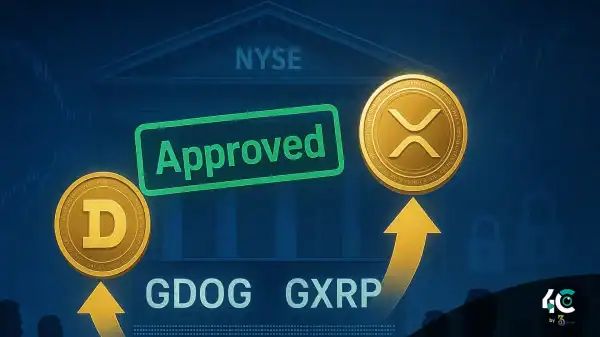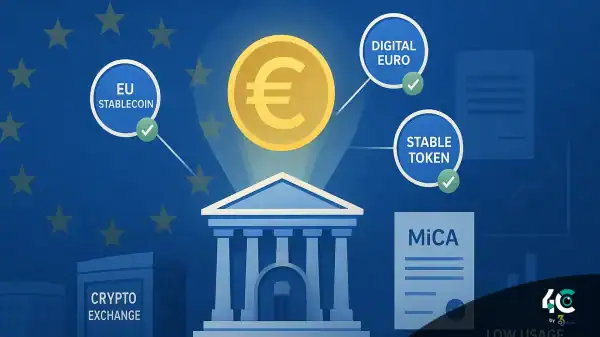Bolivia Embraces Crypto to Rescue an Economy Under Pressure
In a dramatic policy reversal, the government of Bolivia has confirmed plans to weave cryptocurrencies and stablecoins directly into the national financial system. The announcement came from Economic Minister Jose Gabriel Espinoza, who declared that the country must adapt to an unstoppable global trend.
Under the new policy, banks will soon be permitted to hold crypto on behalf of customers, opening the door for digital assets to be used in savings accounts, loans, and credit products. According to Reuters, this could effectively turn crypto and stablecoins into legal financial instruments within the Bolivian economy.
Espinoza put it bluntly:
“You can’t control crypto globally, so you have to recognize it and use it to your advantage.”
This marks a monumental shift for a nation that once imposed some of the strictest crypto bans in Latin America.
Inflation Is Driving Bolivians Toward Crypto as an Escape Route
Bolivia, like many of its Latin American neighbors, faces relentless inflation that has eroded trust in the local currency, the boliviano.
The country’s inflation rate averaged above 22% in the 12 months leading to October, according to the National Institute of Statistics.
As prices surge, more Bolivians are turning to stablecoins, particularly Tether’s USDT, as a lifeline. Many businesses have already begun pricing goods directly in USDT to avoid volatility — a trend that reflects a broader regional shift toward dollar-pegged digital assets.
Also Read : UAE Digital Dirham Completes First Transaction
Businesses and Institutions Race Ahead of the Government
Long before regulators gave the green light, private companies were already experimenting with crypto to navigate shortages and fiat instability:
- YPFB, Bolivia’s state-owned energy company, announced work on a framework to pay for imported energy using crypto.
- In September, major car manufacturers — including Toyota, Yamaha, and BYD — began accepting USDT for vehicle purchases.
- Many retailers now display prices in stablecoins rather than bolivianos.
These moves reflect a deepening reliance on digital dollars amid severe shortages of physical U.S. dollars, which are vital for international trade and a key reserve asset for central banks.
Why Stablecoins Are Becoming Bolivia’s Economic Pressure Valve
Strict currency controls and dwindling access to U.S. dollars have made it difficult for Bolivians to preserve their purchasing power.
Stablecoins fill this gap by:
- Allowing users to hold dollar-pegged value without needing a bank
- Bypassing restrictive currency policies
- Providing access to global markets via a phone and crypto wallet
- Offering protection from local inflation and currency devaluation
Across Latin America, stablecoins have become a lifeline for families, businesses, and investors — and Bolivia is now joining that movement.
A High-Stakes Shift That Could Reshape Bolivia’s Financial Future
Bolivia’s decision to officially integrate crypto into its banking system reflects more than modernization — it signals a recognition that digital assets may now be essential for economic survival.
Analysts say a wave of global nation-state FOMO is driving governments to embrace crypto before they fall behind. Bolivia may be the newest country to jump in, but it certainly won’t be the last.


